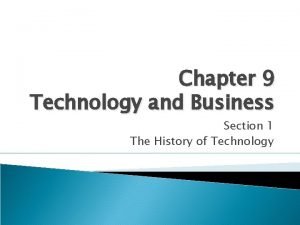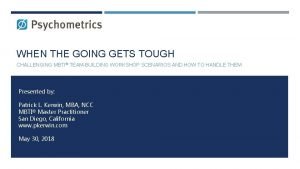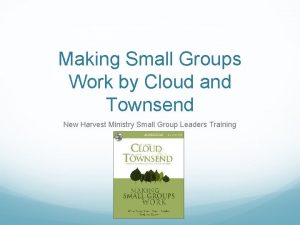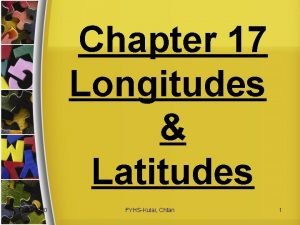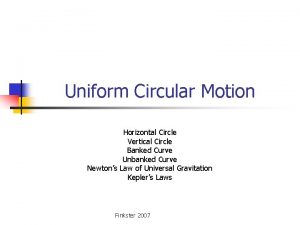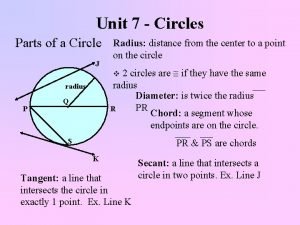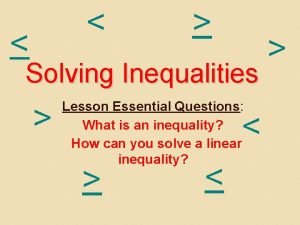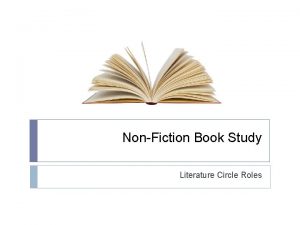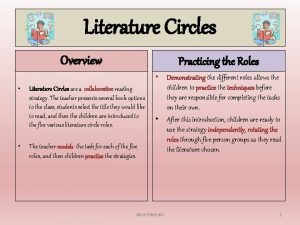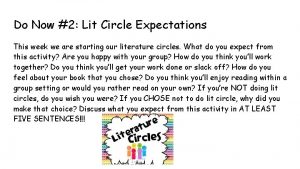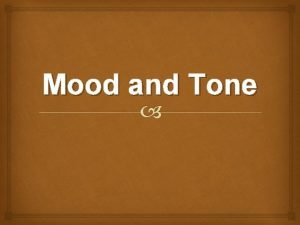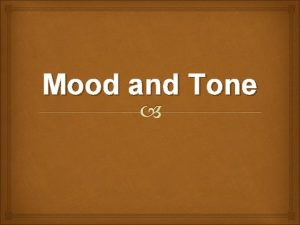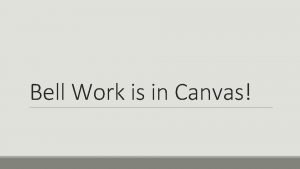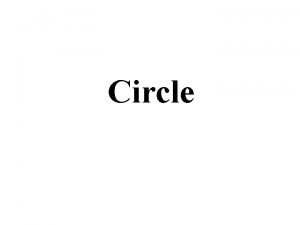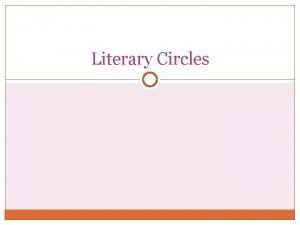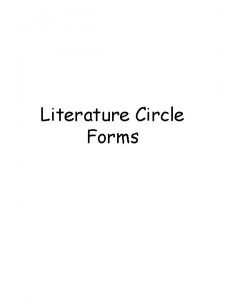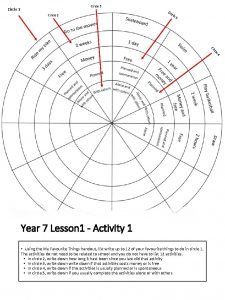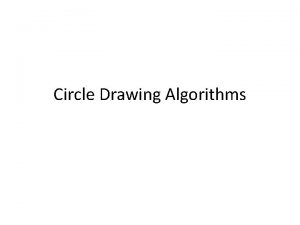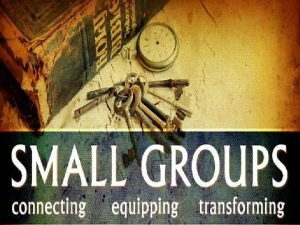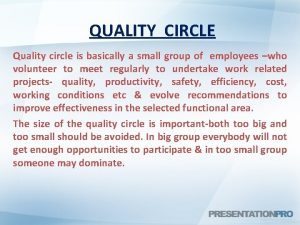Literature Circle Definition O Small temporary groups formed















- Slides: 15

Literature Circle Definition O Small temporary groups formed, based upon book choice. Groups meet on a regular, predictable schedule to discuss their reading. Roles O Discussion leader O Reporter O Diction detective O Artist O Bridge builder (Spring Board 233)

Texas Essential Knowledge and Skills • • 2. Figure 19. D - make complex inferences about text and use textual evidence to support understanding; 2. Figure 19. E - summarize, paraphrase, and synthesize texts in ways that maintain meaning and logical order within a text and across texts. What? • • • How? Why? What did the author write? How did the author write it? Why did the author write it? (plot) (main ideas) (summary) (organization) (text features) (language) (fiction =theme) (nonfiction=purpose) The strategy W-H-W is useful after reading a test selections and before looking at test items. Pause and ask yourself these questions, think deeply, analytically, and critically about the text. This will help you understand the kind of analysis of texts that tests require, and to better observe and absorb texts on test day and beyond. Basically, the state wants you to READ and THINK (then respond)

Purpose: * To discover the roles and format of literature circles * Connect “What? How? Why? ” thinking chart to the text & discussion

Literature Circle Roles Activity 4. 3 (SB 233 -237) Reflect on Effective & Ineffective Communication (4. 6)

Discussion Leader: Focus on Discussion Purpose O Focus your group on the What? How? Why? thinking strategy O Your job is to develop a list of questions you think your group should discuss about the assigned section of the book. O Use your knowledge of Levels of Questioning to create thought provoking interpretive and universal questions. O Try to create questions that encourage your group to consider many ideas. Help your group explore these important ideas and share their reactions. O You will be in charge of leading the day’s discussion.

Reporter: What did the author write? O Your job is to identify and report on the key points of the reading assignment. O Make a list or write a summary that describes how the setting, plot, and characters are developed in this section of the book. O Consider how characters interact, major events that occur, and shifts in the setting or the mood that seem significant. O Share your report at the beginning of the group meeting to help your group focus on the key ideas presented in the reading. Like that of a newspaper reporter, your report must be concise, yet thorough.

Diction Detective: How did the writer write it? O Your job is to carefully examine the diction (word choice) in the assigned section. O Search for words, phrases, and passages that are especially descriptive, powerful, funny, thought provoking, surprising, or even confusing. O List the words or phrases and explain why you selected them. Then, write your thoughts about why the author might have selected these words or phrases. What is the author trying to say? O How does the diction help the author achieve his or her purpose? What tone do the words indicate? (Refer to Activity 1. 3 for tone words. )

Artist: How did the writer write it? Illustrate Organization & Text Features? O Your job is to create an illustration related to the reading. It can be a sketch, cartoon, diagram, flow chart, or other depiction. It can be of a scene, an idea, a symbol, or a character. O Show your illustration to the group without any explanation. O Ask each group member to respond, either by making a comment or asking a question. After everyone has responded, then you may explain your picture and answer any questions that have not been answered.

Bridge Builder: Why did the author write it? O Your job is to build bridges between the events of the book and other people, places, or events in school, the community, or your own life. O Look for connections between the text, yourself, other texts, and the world. Also, make connections between what has happened before and what might happen as the narrative continues. O Look for the character’s internal and external conflicts and the ways that these conflicts influence his or her actions. O Author’s Purpose?

Purpose: • To apply double-entry journal skills

Double-Entry Journal O The double entry journal is a two-column journal with a student-selected passage in one column and the student’s response in the second column (e. g. asking questions of the text, forming personal responses, interpreting the text, reflecting on the process of making meaning of the text) O Students will be keeping a double entry journal while reading Holocaust narratives. An additional column is provided for other students to respond to the thoughts of the writer. During Literature Circles meetings, students will trade double-entry journals with a partner and respond to one another’s thoughts. (SB 235)

Other Graphic Organizers to aid with note-taking

Discussion. Note-Taking Organizer O The Discussion Note-taking graphic organizer (SB 236) is to be used during group discussion to make note of interesting points made by group members, support or text evidences/he provides, and personal thoughts about the points—why is it interesting/noteworthy?

Group Meeting. Reflection Sheet O The reflection sheet is designed to help students identify what is going well and what needs to be improved (challenges) before the next meeting (goals). This first reflection sheet (SB 237) should serve as a model. Only one is needed per group, but all members will contribute to it.

Leader Lit Circle Notes “WHW” “What , How, Why” Quotation Reporter Diction Detective Quotation Artist Organization Bridge Builder Quotation
 How are ethnic groups and religious groups related
How are ethnic groups and religious groups related The most common technology staple in business today is the
The most common technology staple in business today is the Mbti team building workshops
Mbti team building workshops Animal taxonomy tree
Animal taxonomy tree Making small groups work
Making small groups work Radius of each small circle
Radius of each small circle Vertical
Vertical Circle j is congruent to circle p
Circle j is congruent to circle p Open circle closed circle
Open circle closed circle Geometry circles
Geometry circles Literature circle rules
Literature circle rules Artful artist literature circle
Artful artist literature circle Literature circle expectations
Literature circle expectations What is tone in literature
What is tone in literature Tone circle literature
Tone circle literature Tone circle literature
Tone circle literature

